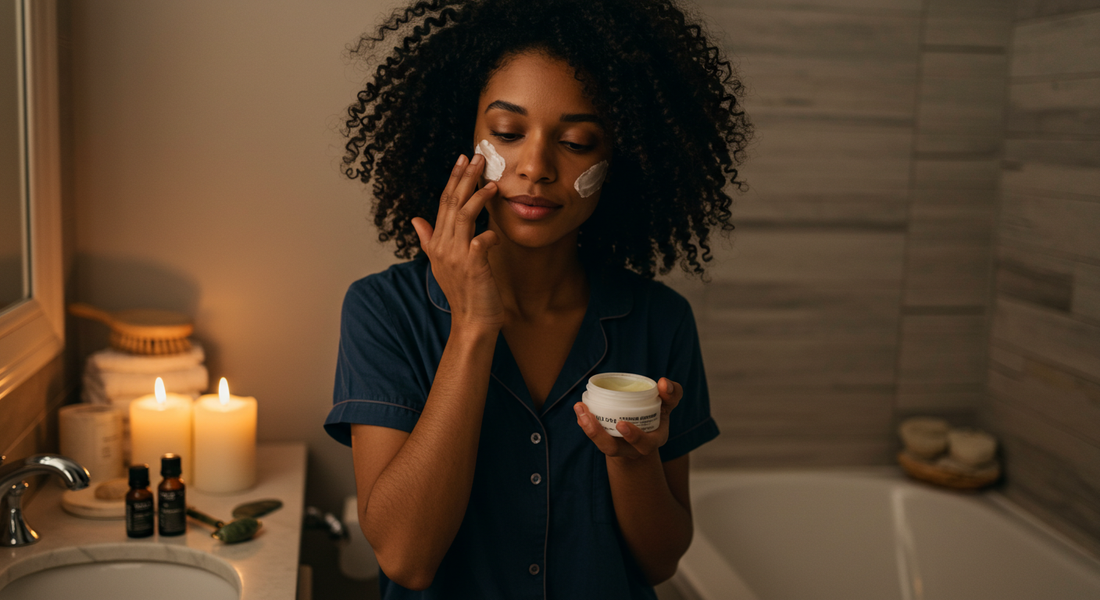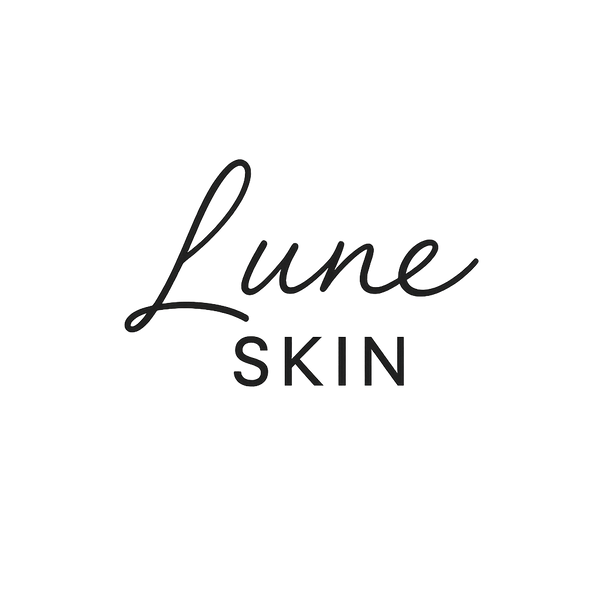
The Truth About Double Cleansing: Is It Right for You?
Share
Introduction
Double cleansing has become a buzzword in skincare, praised by beauty enthusiasts and experts alike. It refers to washing the face in two steps—usually first with an oil‑based or makeup/lip/sunscreen dissolving cleanser, followed by a water‑based cleanser. While this ritual can offer benefits, it’s not universally necessary or always appropriate. In this article, we’ll explore what double cleansing really means, who benefits from it most, potential risks, and how to determine whether it should be part of your skincare routine. At Lune Skin, we believe that understanding your skin’s needs is the first step toward effective and sustainable skincare.
1. What Is Double Cleansing?
Double cleansing is a two‑step method of facial cleansing:
-
First cleanse: An oil‑based cleanser, cleansing balm, or micellar water used on dry skin to dissolve oil‑based debris—such as makeup, sunscreen, excess sebum.
-
Second cleanse: A water‑based cleanser (gel, foam, creamy cleanser etc.) used to remove water‑soluble impurities like sweat, dirt, and leftover residue from the first cleanse.
This approach ensures that both heavy, oil‑based residues and everyday grime are removed thoroughly. The order matters because oil cleansers help dislodge what’s on the surface, allowing the following water‑based cleanser to work more effectively.
2. Potential Benefits of Double Cleansing
Double cleansing offers several advantages, especially for certain skin types and routines:
-
Better removal of makeup, sunscreen, and pollution that may not be fully removed by a single cleanser. This helps prevent clogged pores and dullness.
-
Helps other skincare products—serums, treatments—penetrate more effectively when the skin is truly clean.
-
For those with oily or acne‑prone skin, double cleansing can help control sebum buildup and reduce the chance of breakouts.
3. Risks or Downsides of Double Cleansing
Though double cleansing can be beneficial, there are possible drawbacks, especially if done improperly or too often:
-
Can lead to over‑cleansing, which damages the skin barrier: causing irritation, dryness, redness.
-
Using harsh or overly strong cleansers can exacerbate sensitivity, especially for sensitive or compromised skin.
-
Not everyone needs to double cleanse. If you don’t wear makeup or sunscreen, or if your environment isn’t very polluted, single gentle cleansing might suffice.
4. Who Benefits Most from Double Cleansing?
Double cleansing tends to be more helpful for certain people and under specific conditions:
-
Those who wear makeup, especially waterproof makeup, or heavy sunscreen. These products often resist removal with just one wash.
-
People with oily or combination skin who need extra cleansing to prevent buildup in pores.
-
Individuals living in urban or polluted environments where airborne particles, smog, or environmental debris accumulate on skin.
-
Those who feel their skin doesn’t feel “clean” after a single cleanse. If residue seems to linger, double cleansing can help.
5. How to Double Cleanse Safely
If you decide to try double cleansing, doing it the right way matters to avoid irritation:
-
Choose gentle cleansers. For your first cleanse, pick an oil‑based cleanser or balm that emulsifies well and is non‑comedogenic. Avoid heavy fragrances or aggressive surfactants.
-
Use a water‑based cleanser as the second step that is suited to your skin type (e.g. gel or foam for oily/combination, creamy or balm‑cream for dry or sensitive).
-
Limit double cleansing to evenings, especially on days when you have makeup, sunscreen, or exposure to pollutants. You likely don’t need it in the morning.
-
Do not over‑use. Start with 2‑3 times per week if you're new, observe how your skin responds, then adjust frequency.
-
Follow up with nourishing ingredients: hydrating toners or essences, barrier repairing moisturizers (with ceramides, for example) to help replenish what might have been disturbed by cleansing.
-
Avoid hot water; use lukewarm water to prevent stripping natural oils.
6. Alternatives to Double Cleansing
If double cleansing feels too much or causes irritation, there are other strategies:
-
Use a micellar water or gentle makeup remover first, then your regular cleanser as a single complete step.
-
Choose multifunctional gentle cleansers designed to remove light makeup or sunscreen in one wash.
-
Incorporate mild exfoliation or enzyme cleansers occasionally rather than daily double cleansing.
-
On days without makeup or heavy SPF, just water‑based cleanser might be sufficient, especially for dry or sensitive skin.
7. Signs You Might Be Overdoing It
Watch for these red flags:
-
Skin feels tight, itchy, or shows flaky patches.
-
Increased sensitivity or redness around cheeks, eyes, or nose.
-
More oil production than usual (sometimes the skin overcompensates).
-
Breakouts in places where you didn’t normally get them.
If these happen, cut back on double cleansing frequency or choose gentler formulas.
Conclusion
Double cleansing can be a powerful tool when used appropriately. For those who wear heavy makeup or sunscreen, live in pollution, or have oily skin, it often makes a real difference by deeply removing residues and helping treatments work better. However, for others, a well‑chosen single cleanse might be enough. The key is listening to your skin, choosing gentle products, and finding the right balance. At Lune Skin, our approach is always about effectiveness and gentleness. Cleanse smart—your skin will thank you.
